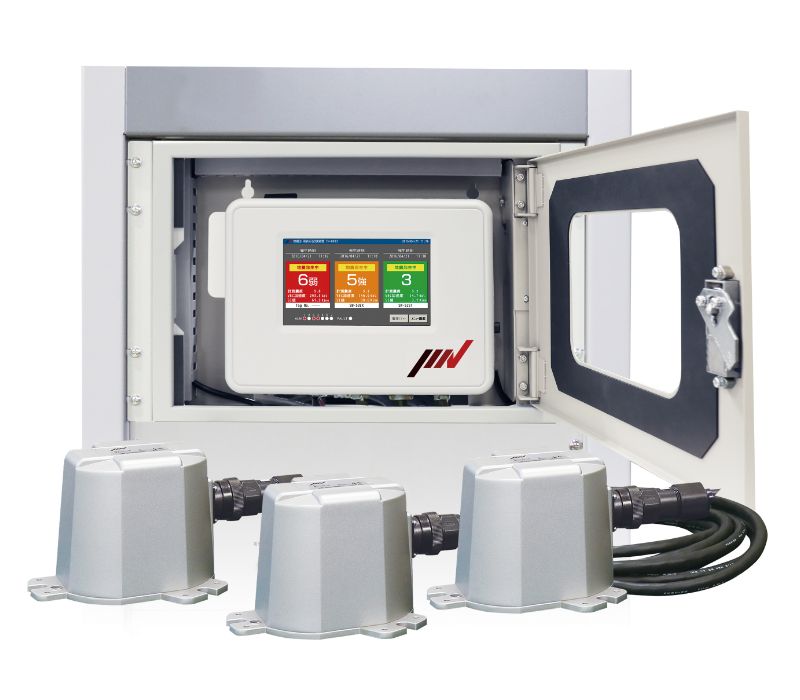The Science Behind Earthquake Monitoring Systems: How They Keep Us Safe

Image Source: Google
Earthquakes are a natural disaster that can strike without warning, causing widespread destruction and loss of life. In order to mitigate the impacts of earthquakes, scientists and engineers have developed sophisticated monitoring systems that help us detect and analyze seismic activity. These systems play a crucial role in keeping us safe by providing early warnings and valuable data for emergency response and disaster management. Let's explore the science behind the best earthquake monitoring systems and how they work to protect us.
The Basics of Earthquake Monitoring
Seismometers
- Seismometers are the primary instruments used to detect and record seismic waves generated by earthquakes.
- These devices measure ground motion and vibrations caused by seismic activity.
- Seismometers are typically placed in networks to monitor earthquake activity across a region.
Seismic Waves
- Seismic waves are the energy waves that travel through the Earth's crust during an earthquake.
- There are two main types of seismic waves: body waves and surface waves.
- Body waves, including P-waves and S-waves, travel through the interior of the Earth.
- Surface waves travel along the Earth's surface and are responsible for the most damage during an earthquake.
Earthquake Early Warning Systems
How They Work
- Earthquake early warning systems use seismometers to detect the initial seismic waves of an earthquake.
- These systems analyze the data in real-time to estimate the location, magnitude, and potential impact of the earthquake.
- Once the system determines that an earthquake is occurring, it sends out alerts to warn people in advance of the shaking.
Benefits of Early Warning
- Early warning systems provide valuable seconds to minutes of advance notice before the shaking reaches a particular location.
- This allows people to take protective actions, such as dropping to the ground, seeking cover, and holding on during the shaking.
- Early warnings also give businesses, schools, hospitals, and transportation systems the opportunity to implement automatic shutdown procedures to prevent damage and injuries.
Global Seismic Networks
Collaborative Efforts
- Global seismic networks consist of interconnected seismometer stations around the world that work together to monitor and record seismic activity.
- These networks are maintained by various organizations, including government agencies, research institutions, and universities.
- Collaborative efforts help improve the accuracy and coverage of seismic data, allowing scientists to better understand earthquake patterns and behavior.
Data Sharing
- Seismic data collected from global networks are shared among countries and organizations to enhance earthquake monitoring and research.
- International cooperation in sharing seismic data is essential for issuing timely warnings and improving our understanding of earthquake hazards.
- Open access to seismic data also promotes transparency and enables scientists to conduct cross-border studies on seismic activity.
Future Advancements in Earthquake Monitoring
Artificial Intelligence
- Artificial intelligence (AI) is being incorporated into earthquake monitoring systems to enhance the speed and accuracy of earthquake detection and analysis.
- AI algorithms can quickly process large volumes of seismic data and identify patterns that indicate the occurrence of an earthquake.
- By leveraging AI technology, scientists can improve early warning systems and provide more timely alerts to communities at risk of earthquakes.
Remote Sensing
- Remote sensing technologies, such as satellite imagery and drones, are being used to monitor ground deformation and changes in the Earth's crust that may indicate imminent seismic activity.
- These tools provide valuable information on fault movements and earthquake precursors, helping scientists better understand the underlying processes of earthquakes.
- By combining remote sensing data with seismic data, researchers can develop more comprehensive models for earthquake forecasting and risk assessment.
Conclusion
Earthquake monitoring systems are essential tools for detecting, analyzing, and responding to seismic activity. By leveraging advanced technology and global collaboration, these systems help keep us safe by providing early warnings and valuable data for disaster preparedness. As scientists continue to innovate and improve earthquake monitoring techniques, we can better understand earthquake hazards and reduce the impacts of these destructive natural events.